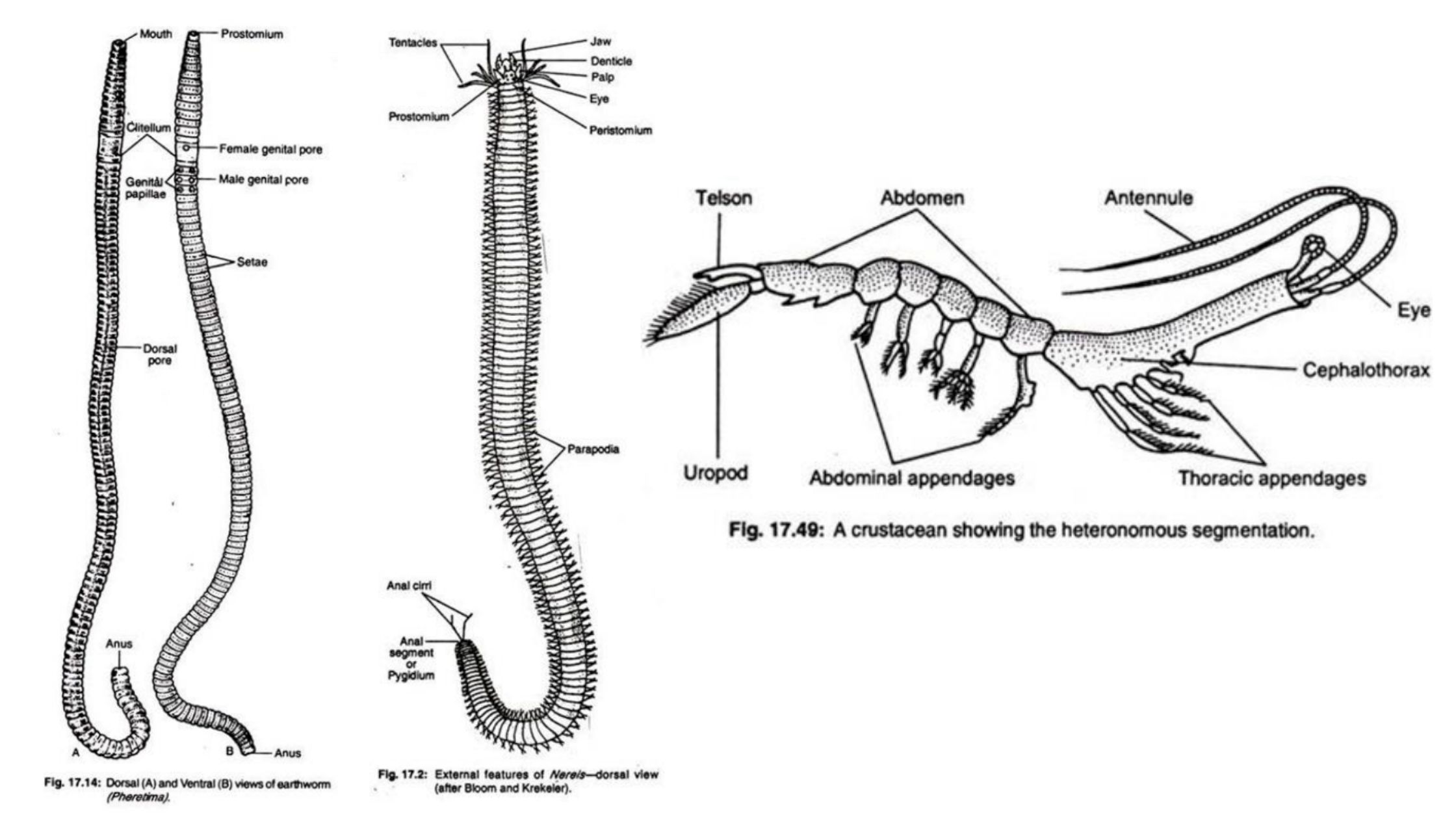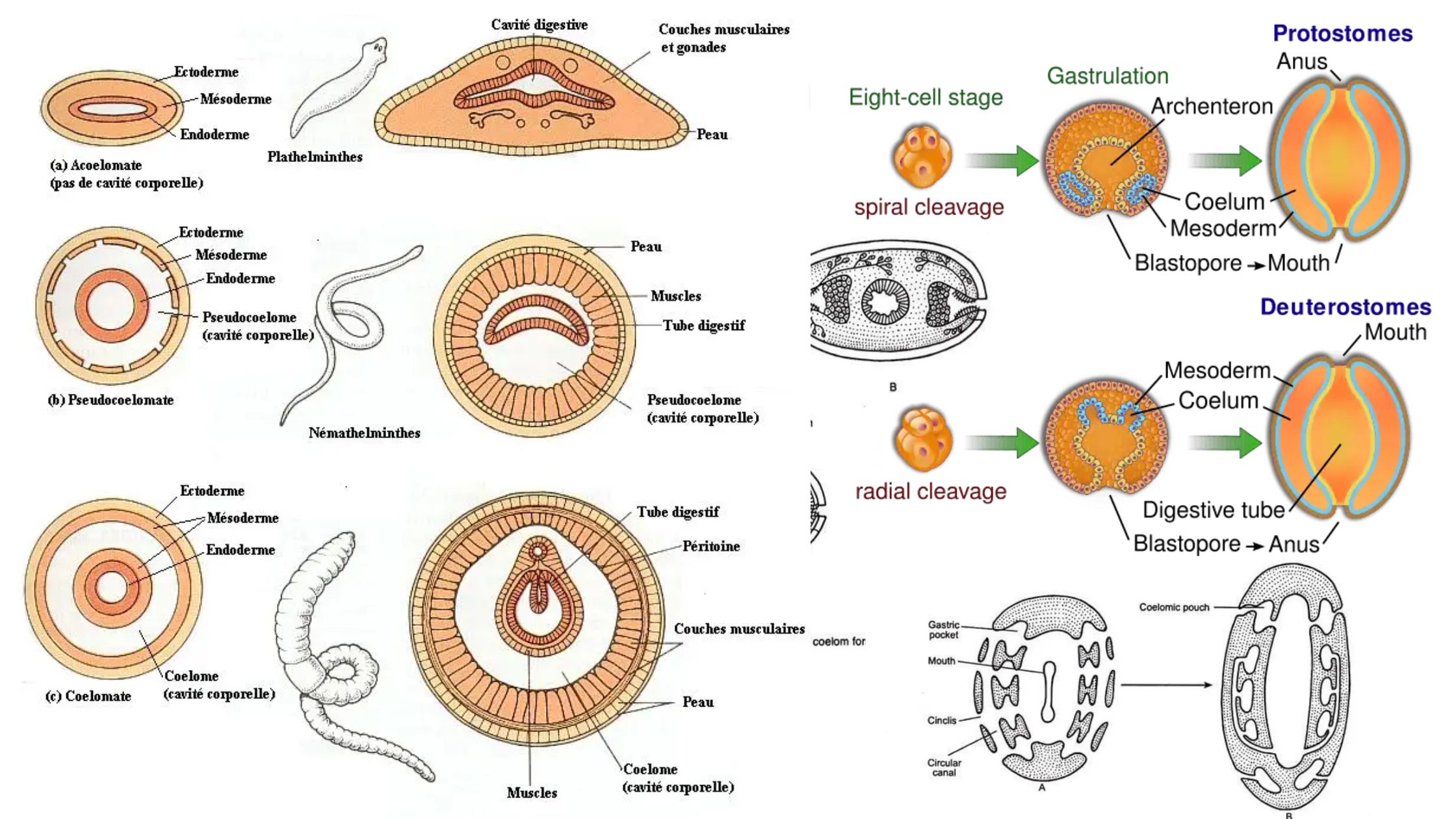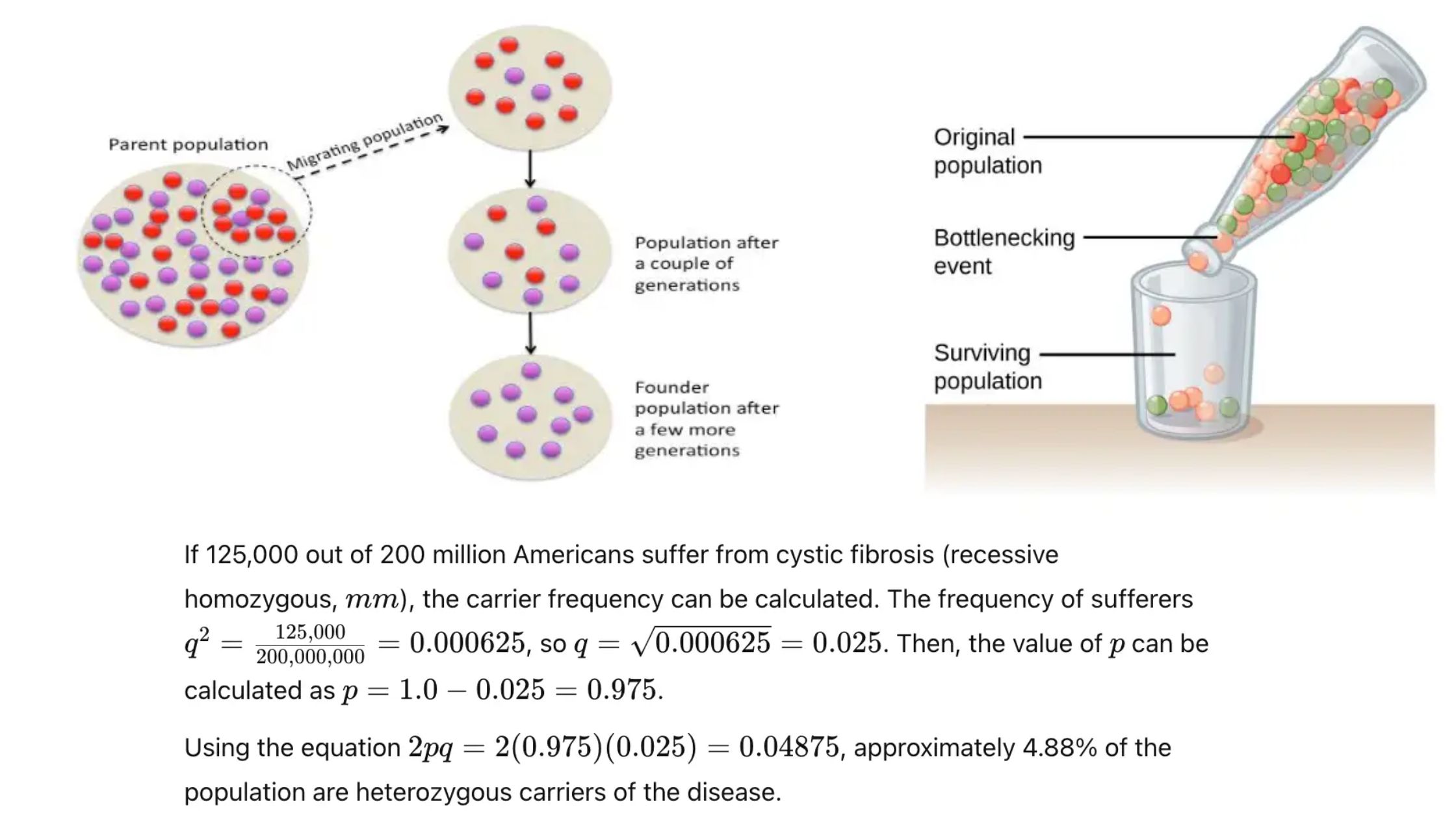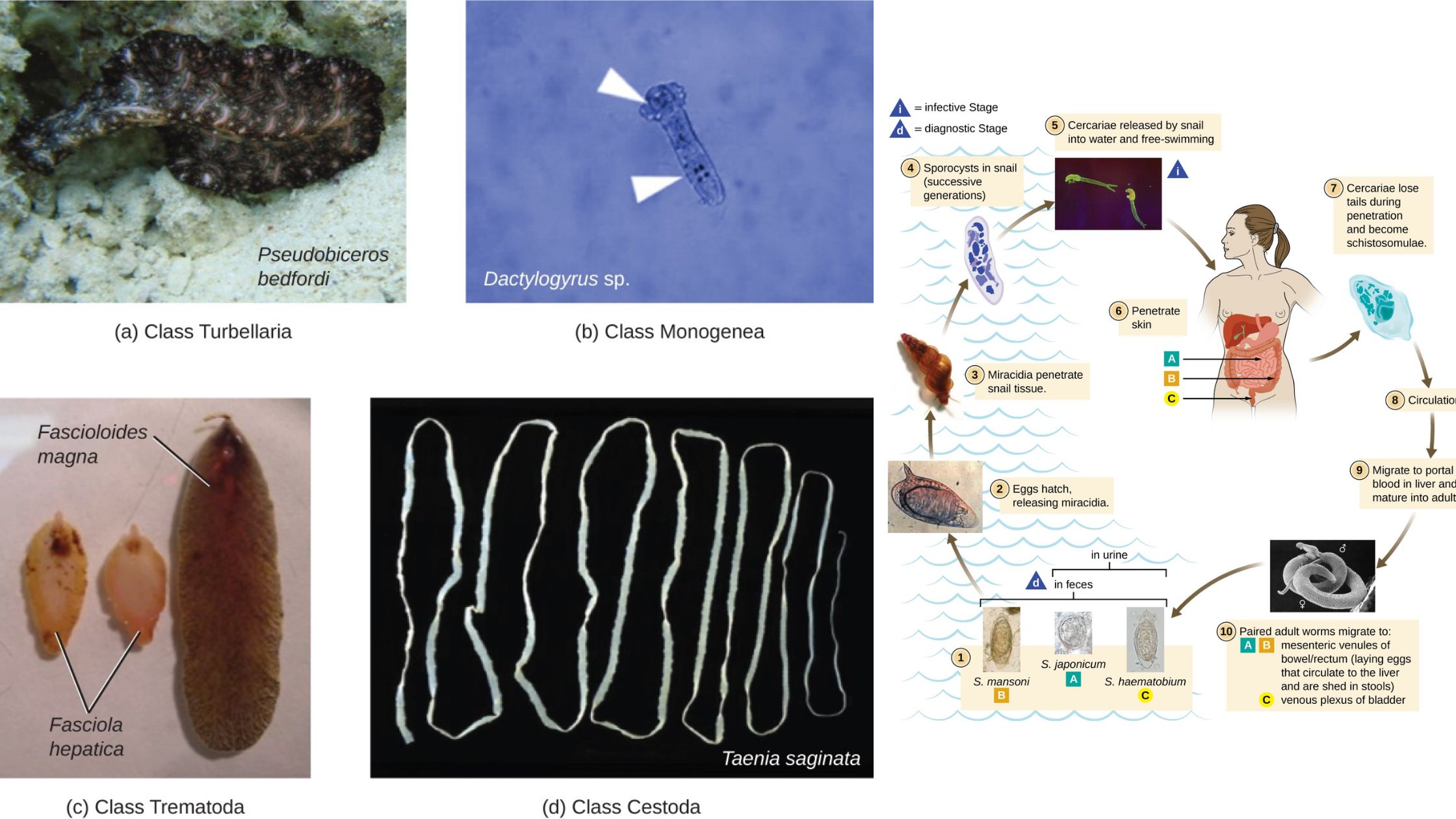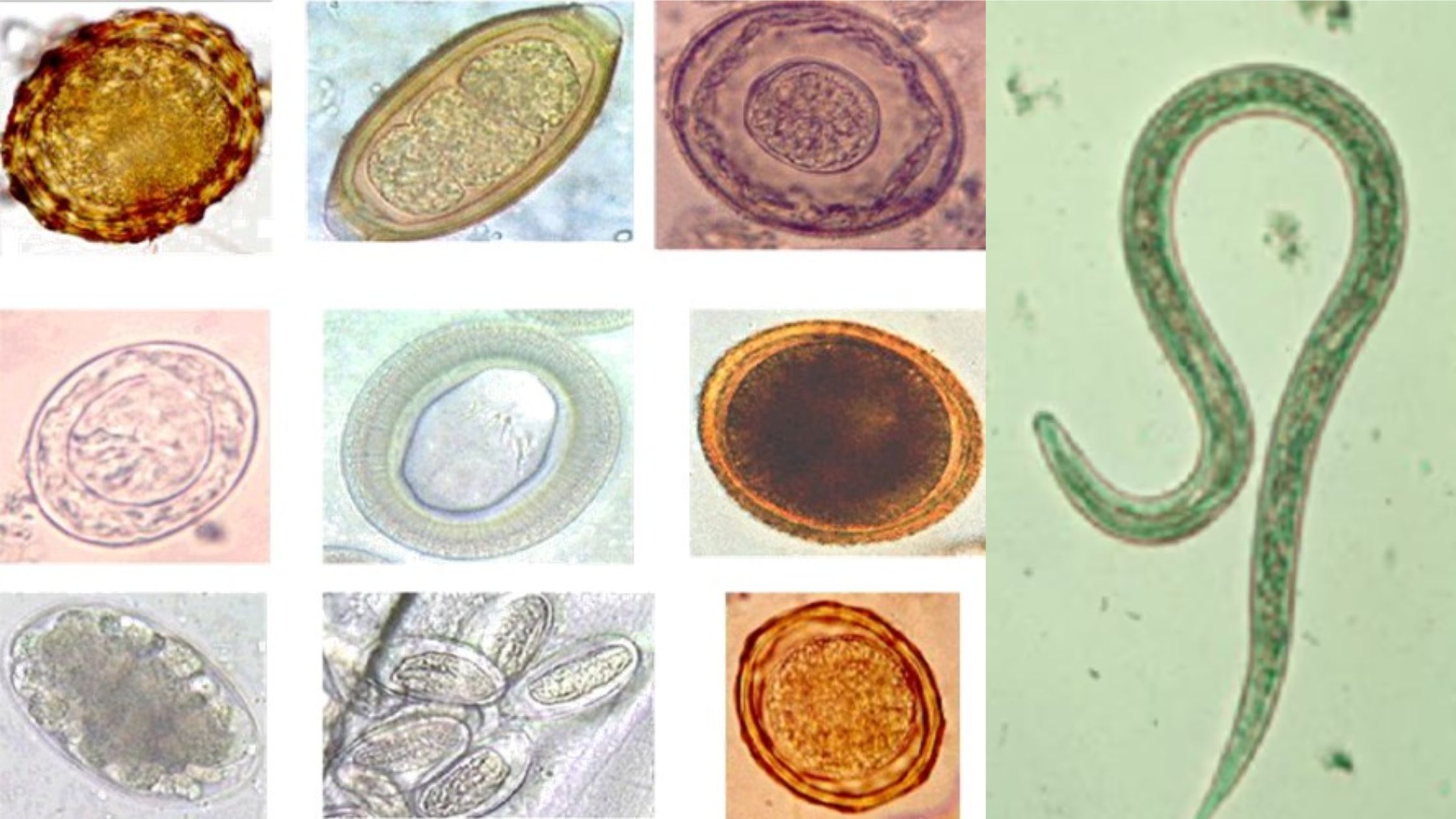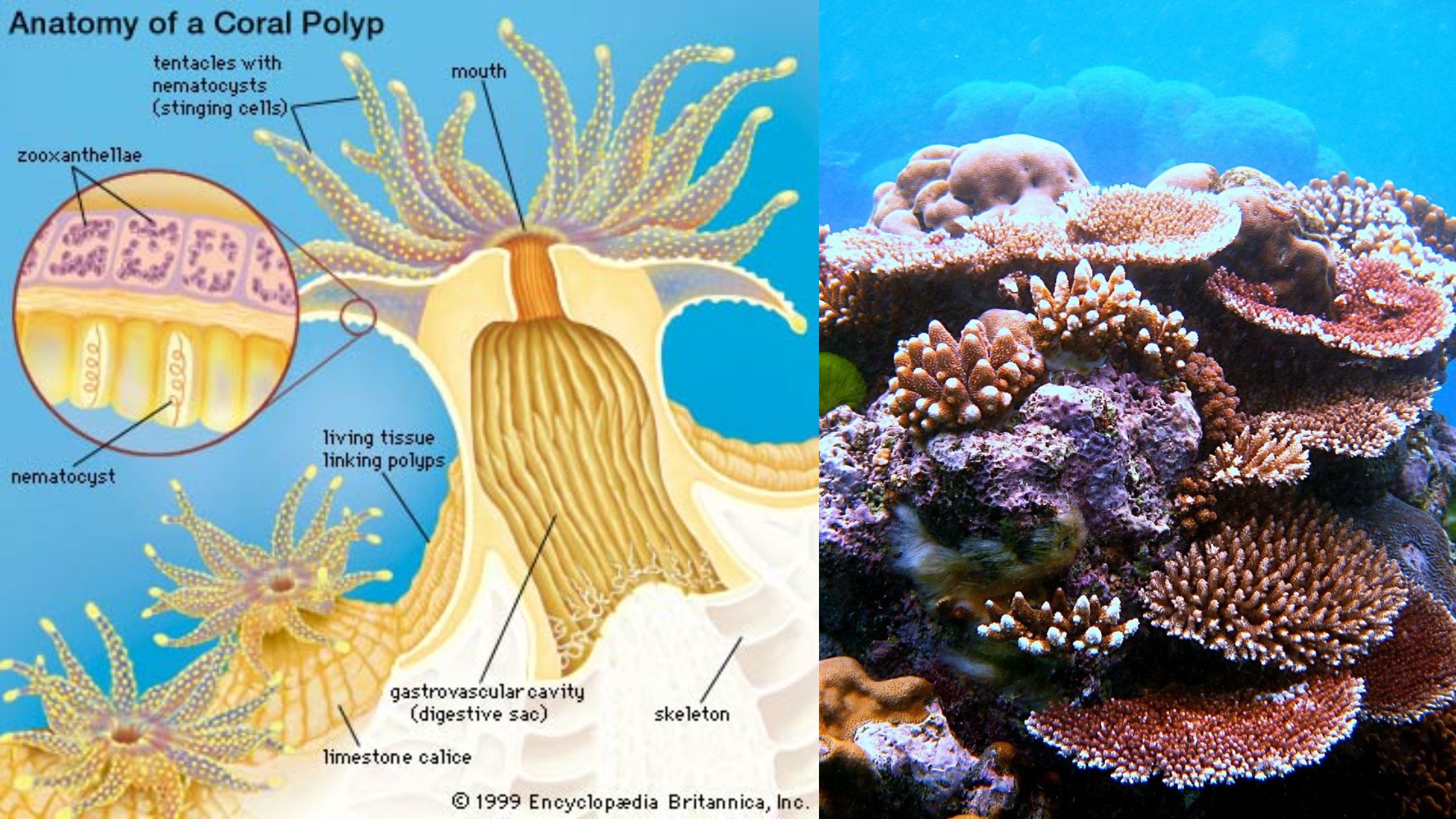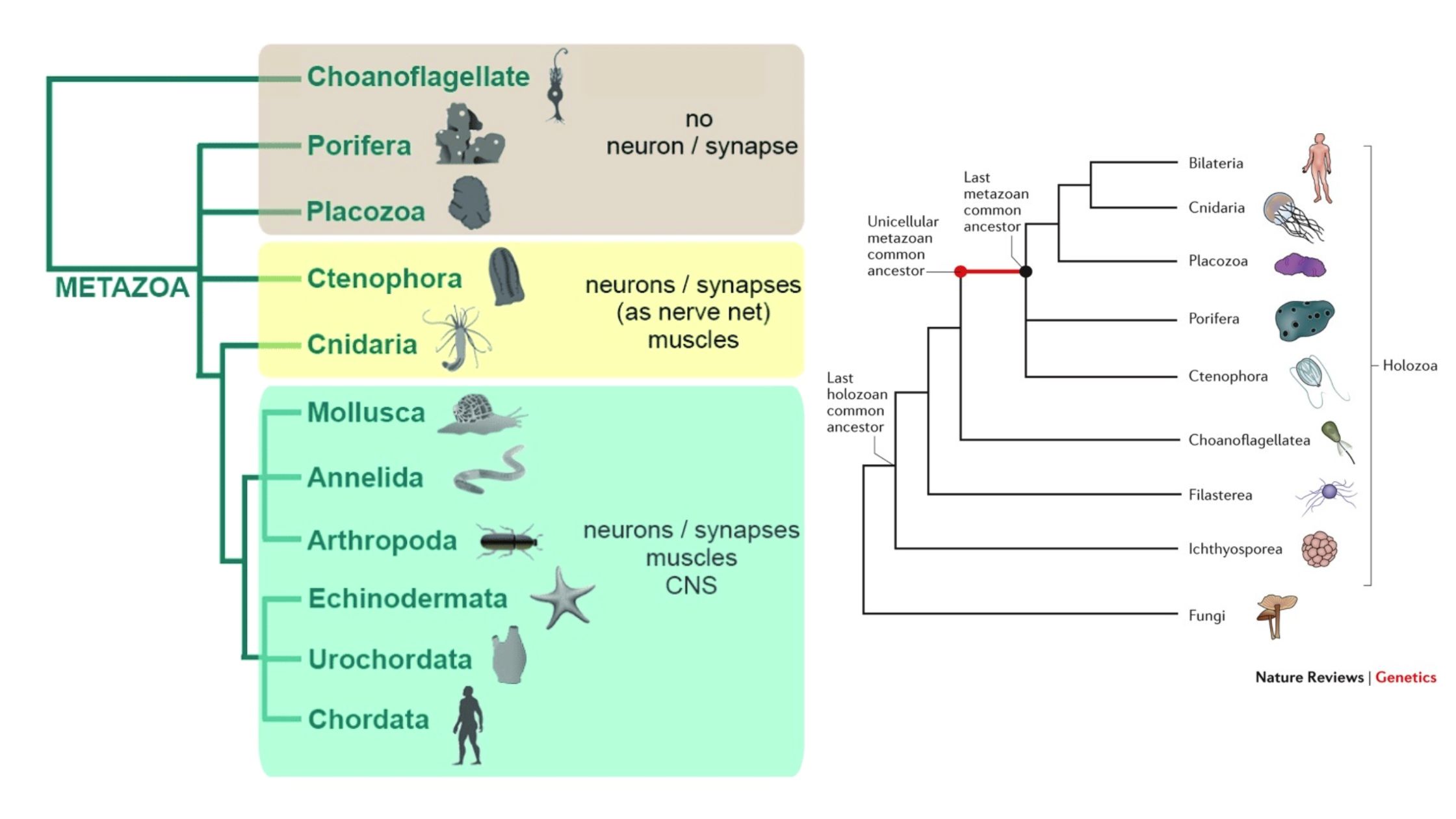Excretion in Annelida – Nephridia
Excretion in Annelida What is nephridia? Nephridia are specialized excretory structures found in many invertebrates, including annelids, that play a crucial role in eliminating metabolic wastes and maintaining osmotic balance. These tubular organs function similarly to kidneys in higher animals, facilitating the removal of waste products and regulating internal fluid composition. In annelids, such as … Read more

